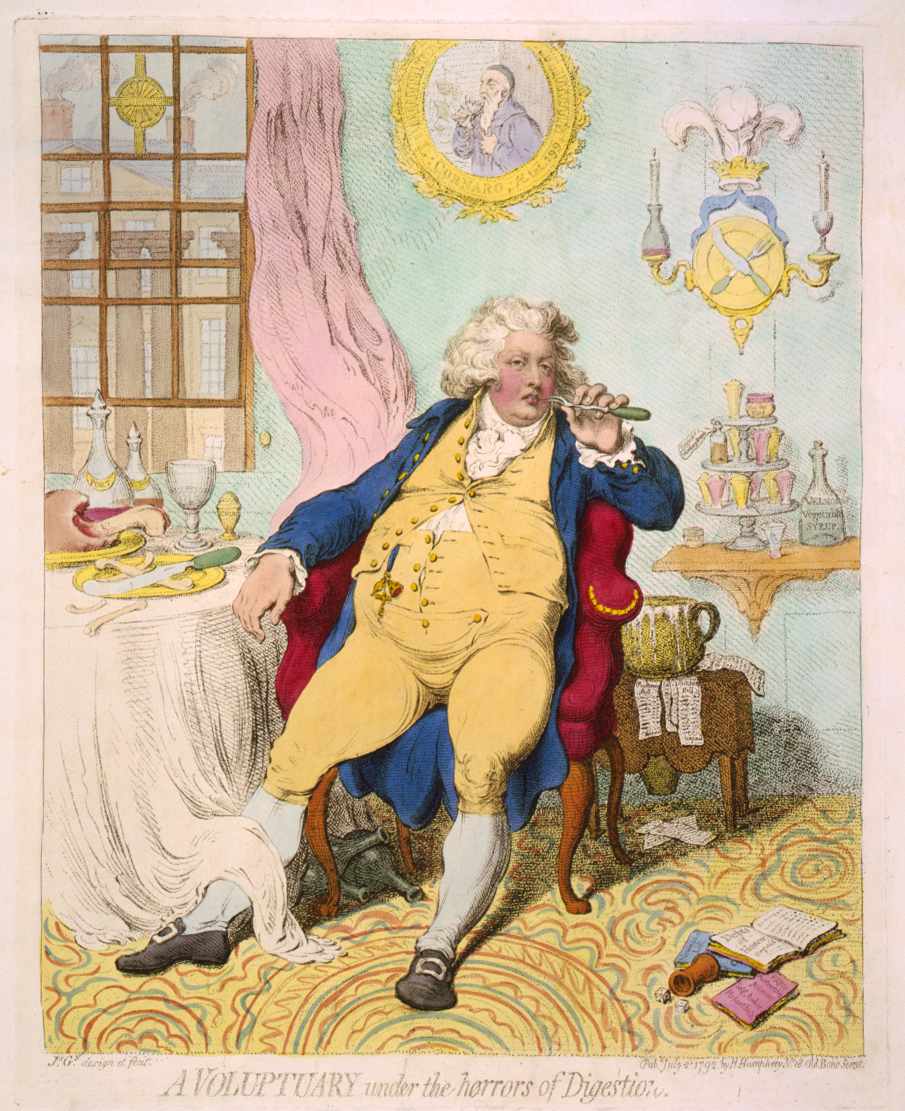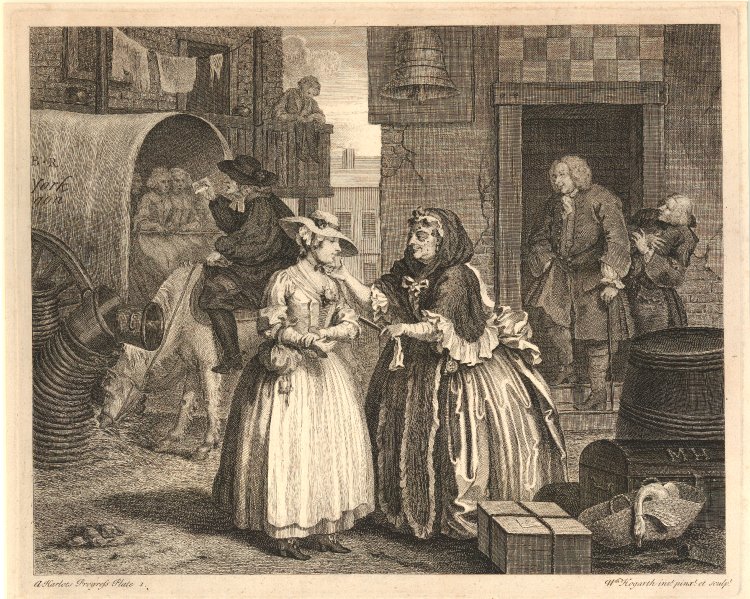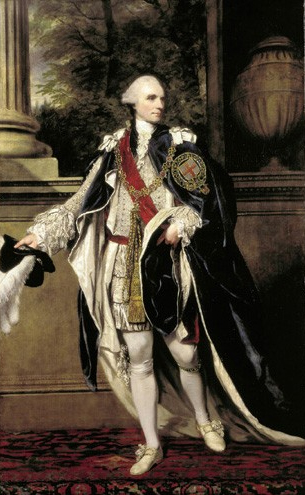Noelle Gallagher writes that fear of venereal infection was “lurking around every corner” in the Britain of the long 18th century (1660-1800). Unspoken anxiety about such diseases permeated society at the time. Playwrights, poets and artists obsessed over venereal disease, she argues.
Through metaphors such as “the itch” (herpes), “clap” (gonorrhea), and “pox” (syphilis), artists explored social phenomena including commercialization, globalization, gender, race, and class. Intentionally eschewing medical sources, which at the time were ambivalent about the nature of these diseases, Gallagher remains steadfastly focused throughout on how cultural anxieties were reflected by artistic production.
Itch, Clap, Pox: Venereal Disease in the Eighteenth-Century Imagination is organized into four thematic chapters: “Officers and Gentlemen,” “Pox and Prostitution,” Foreigners,” and “A Chapter of Noses.” Each of these interrogates a different cultural anxiety in a thematic rather than rigidly chronological fashion. In her first two chapters, Gallagher considers how artistic imagination of venereal disease reflected (and challenged) the gender norms of the long 18th century. The second half of the book focuses on how venereal disease was tied to racialized “othering.”

In “Officers and Gentlemen,” Gallagher identifies “positive” representations of venereal disease in art. Beyond validating the “acceptability” of male promiscuity, Gallagher notes how images of venereal infection were often linked with male power. Venereal disease was used to celebrate manliness and conquest.
Gallagher describes how scarring from venereal disease was compared to battlefield wounds as marks of honor. At the same time, protection from venereal infection became a matter of national security. The use of condoms, while not valorous, safeguarded the motherland against venereal disease. Gallagher considers this a sign of failed masculinity in the long 18th century.

In “Pox and Prostitution,” Gallagher turns to the female body and the way it prompted pejorative images of venereal disease in literature. The chapter opens with the image of the grotesque, infected prostitute as an object of ridicule, but Gallagher ultimately complicates a story of blanket misogyny in the 18th century. Some authors like Charles Walker in Authentic Memoirs of the Life, Intrigues and Adventures of the Celebrated Sally Salisbury (1723) “sympathized with [prostitutes] or campaigned for them; some celebrated them as examples of social mobility, sexual vigor, or physical resilience.”
Many writers tried to portray diseased prostitutes as objects of charity rather than reproach. Gallagher makes the even bolder argument that venereal disease and its association with prostitution served as an important metaphor to discuss social corruption more broadly. Literary and artistic commentary on venereal disease was as much a commentary on the corruption of the men who solicited prostitutes as the women themselves.
The second half of Itch, Clap, Pox switches focus from domestic demographic concerns to questions of “Other” bearers of venereal infection. Curiously, Gallagher contends that venereal disease was not associated with enemies, but with allies and rivals who influenced and infiltrated British society with more subtle dangers.
French culture and travelers in particular became associated with disease. French wigs, which became a rage in British fashion, for example, suggested the need to disguise or hide something shameful, like a venereal scar. French servants were often portrayed as disease-carrying foreign agents, attempting to infiltrate the British body politic.
In spite of her argument that venereal disease was not often attributed to enemies, Gallagher finds references to a rise in the “French Pox” during Anglo-French military conflicts. Gallagher also explores how Scottish influence on English culture was compared to a “Scottish Pox” in a similar venereal metaphor.
The final chapter, “A Chapter of Noses,” considers the most insidious imagery of venereal disease in 18th century English culture. The deformation of the nose was a symptom of late stage syphilis and came to be seen as a visible marker of corruption, moral compromise, or vice. Literary metaphors often associated syphilitic noses with “stupidity and moral weakness.”
Deformed noses were also often portrayed as “animalistic” in form and were used to particularly demonize non-white races and form a basis for racial politics, frequently attacking Jews and persons of African descent as bringers of venereal infection.
Itch, Clap, Pox is an unapologetic literary analysis and not a medical history. The four chapters, especially when read as comprising two thematic arguments about the imagination of gender and of race, show the wide range of ways that the “unspoken” threat of venereal disease formed the basis of discourse in 18th-century Britain.
Aside from the literary scholars for whom this book was primarily written, cultural historians of the early modern period would be well served from reading this book for its wide-ranging argument.

William Hogarth's A Harlot's Progress, "Plate One" (1732)
Furthermore, the sources on which Gallagher relies are rich and diverse and the book is well-situated in both literary theory and the relevant historiography.
At times, the lack of chronology makes seeing an overall picture difficult. But this shortcoming is more than redeemed by Gallagher’s close, nuanced reading of the texts and images through which artists expressed their anxieties about the itch, the clap, the pox and other social phenomena of the time.

